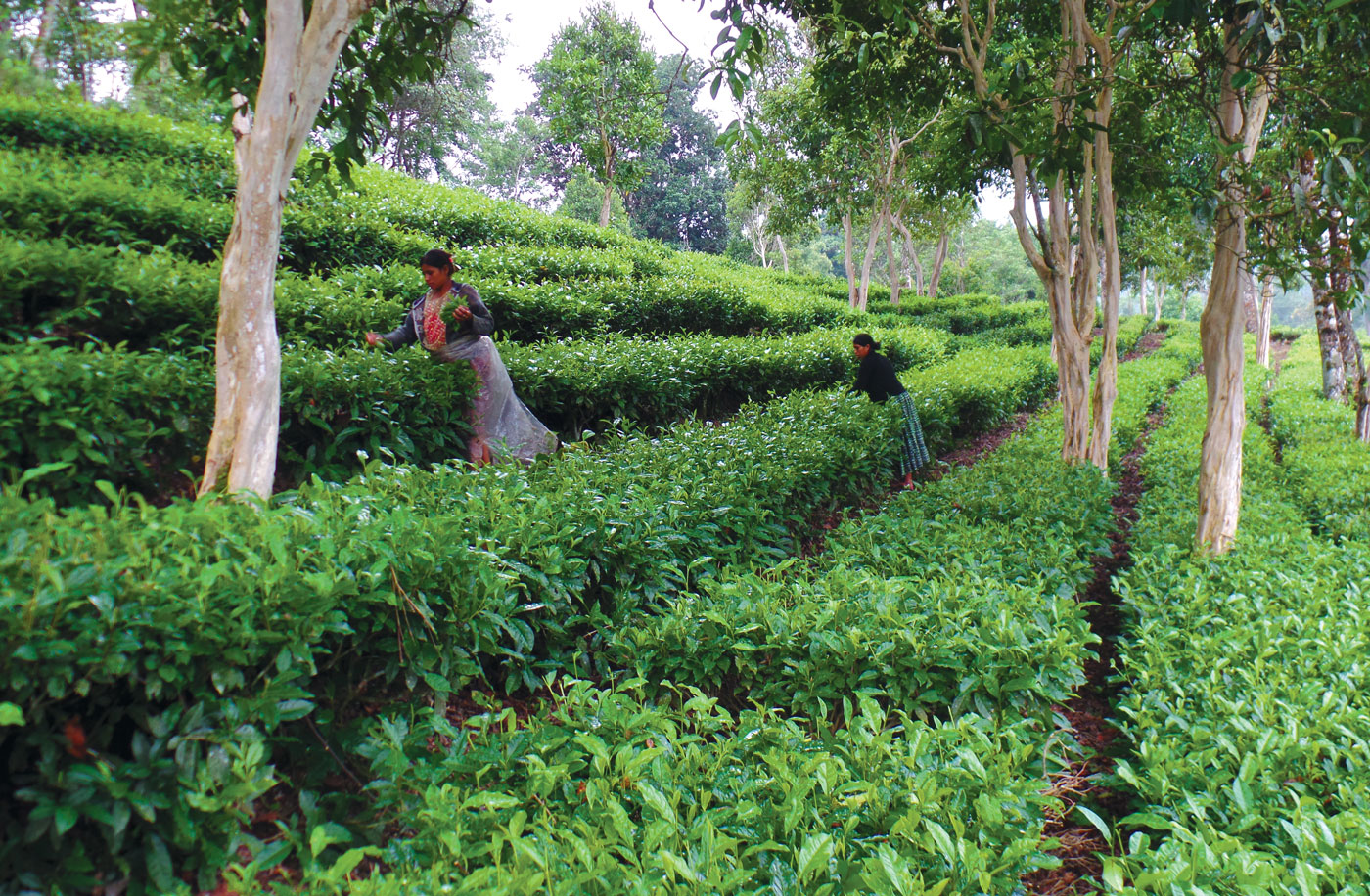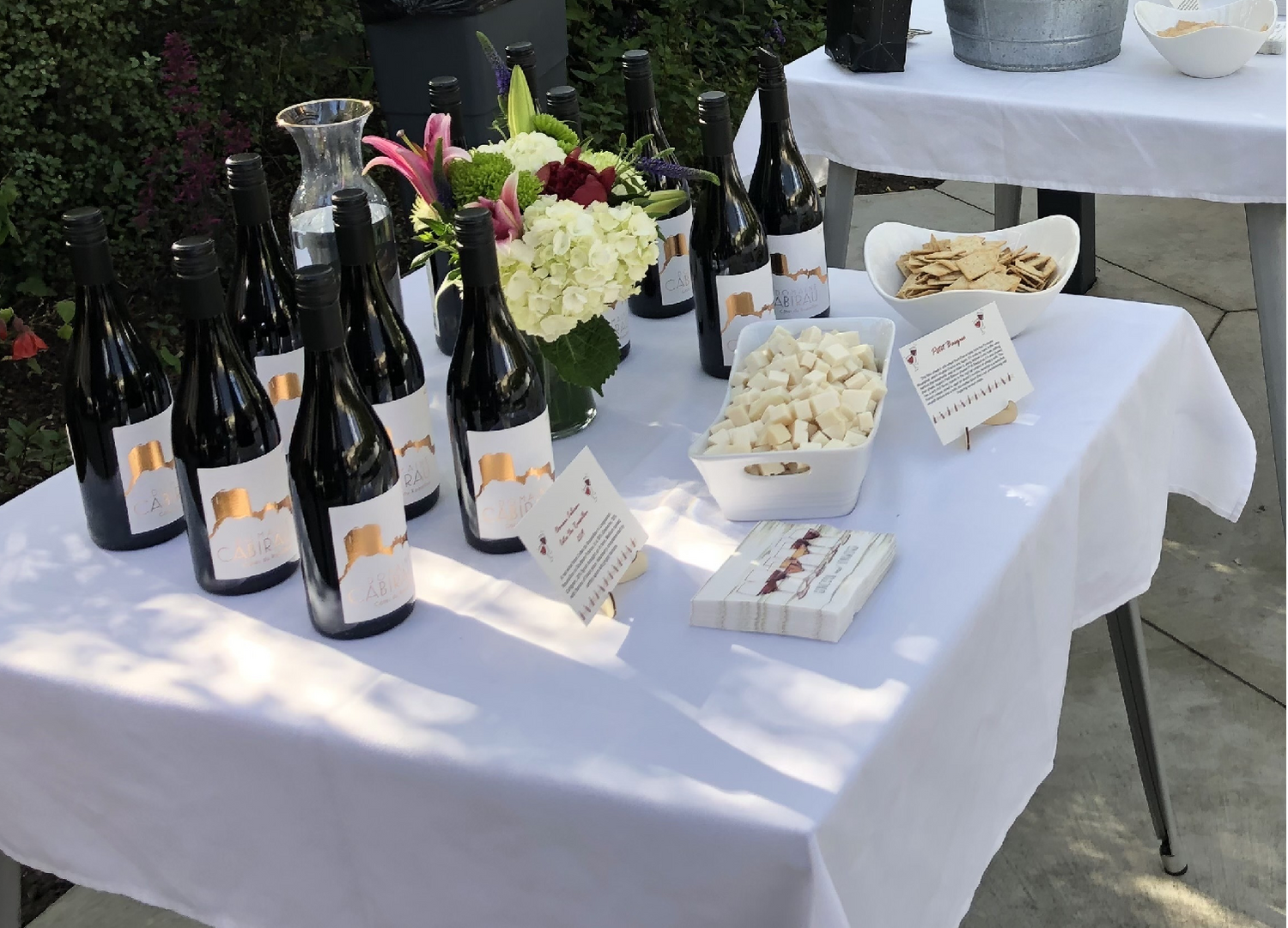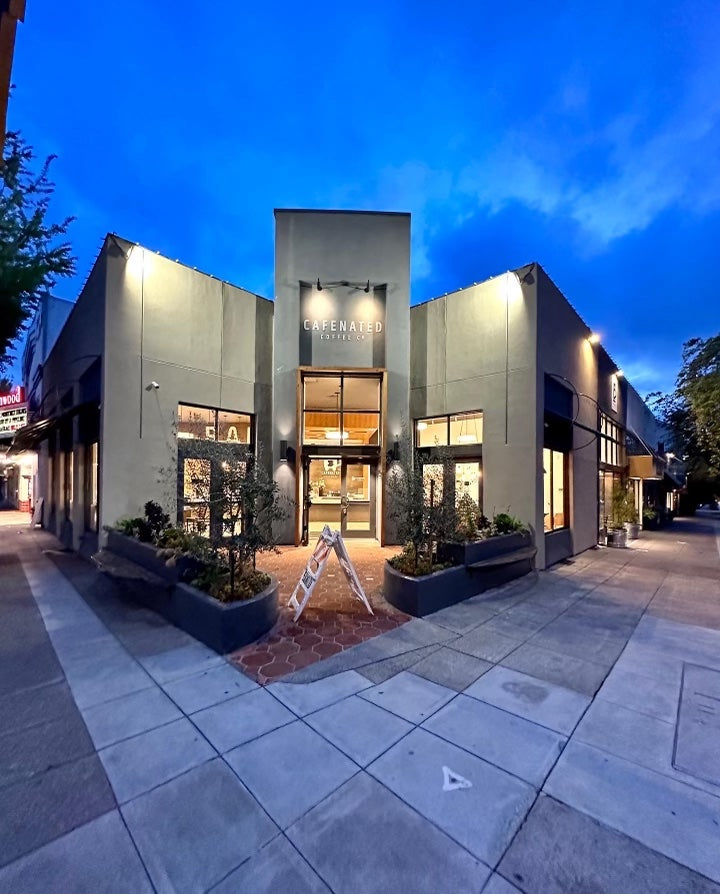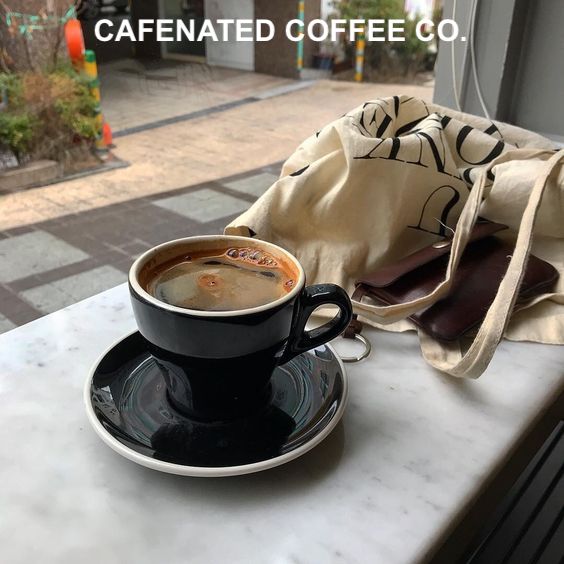
For specialty coffee, premium prices are essential to keeping producers in business.
The culture around coffee has changed drastically over the years, and specialty brews have refined our tastes, demanding increasingly more money from consumers.
But what makes specialty coffee so “special,” anyway?
To understand what we mean by the term specialty coffee, here’s some quick background on what coffee experts call the three coffee waves.
For first-wave coffee, think of brands like Folgers and Maxwell House. Coffee in the first wave was “just” coffee: cheap, generic and accessible. Peet’s Coffee and Starbucks head up the second wave, with confection-like concoctions featuring flavors and customizations that add value. Bells and whistles aside, the coffee itself is mostly a blend with a consistent flavor. Third-wave coffee, which is where we are now, is made by niche brands like Bluebottle, Stumptown Coffee Roasters and etc. Consistency has gone out the window in favor of high-quality beans that reflect a specific origin with unique flavor notes.
Here, we’re exclusively dealing with specialty coffee, and for third-wave coffee roasters, the term “specialty coffee” increasingly goes beyond the quality of the bean.

Specialty coffee demands success at all levels of the supply chain
The sad fact for the coffee industry is that global coffee prices are dropping (falling below $1 a pound for the first time in 12 years). That’s a blow to the industry as a whole ― but especially to the coffee farmers whose livelihoods are threatened by this crisis.
A letter written by coffee farmer associations was sent out to the world’s biggest coffee buyers in September, reading, “As the leaders of coffee growers’ associations that represent coffee growers from more than 30 countries, we write to you to express our deepest concern with the current situation in the coffee market that is generating a deep economic, social and potentially political crisis, and unrest amongst coffee producers all over the world.” The letter noted that the price of coffee has dropped so low that many farmers can no longer cover their production costs, and that imbalances in the coffee value chain must be addressed.
To put a complex situation into simple terms, if farmers (and we’re talking about the 25 million smallholder farmers who produce 80 percent of the world’s supply) can’t make a profitable wage from coffee, future generations will be less likely to enter the industry, and specialty coffee will be a thing of the past, unable to compete with the commodity coffee producers in Brazil and Vietnam, which turn out decent-quality coffee at a high volume and low cost.
Specialty coffee roasters are at the forefront of this movement to better compensate farmers putting in the extra effort to cultivate specialty coffee beans and ensure economic success at all levels of the production and supply chain. “When specialty coffee is at its best, it’s recognizing each of those actors as a craftsperson worthy of celebration and worthy of prospering for their work,” Peter Giuliano, chief research officer at the Specialty Coffee Association, told HuffPost. “I always like to propose to people that we think of that at least as much as we think about the flavor impact. We shouldn’t call it a specialty coffee if there are people within it that have been exploited or ignored, and a lot of people in coffee agree with that sentiment.”

The coffee beans: Quality vs. quantity
In the commercial coffee market, there are two main species grown by farmers: Robusta and Arabica. Robusta, generally considered to be lower in quality, is neutral-to-harsh in flavor and comes from a resilient crop that’s easier to grow and produces higher yields, faster. Arabica, on the other hand, can range widely in flavor from sweet and soft to sharp and tangy. The delicate arabica plant must be grown at higher elevations in rich soil with plenty of shade, moisture, and sun.
The cherries on a coffee plant don’t all ripen at the same time, so small farmers have to revisit the crop several times each harvest, whereas factory farms pull the cherries from the trees all at once.
Robusta beans are what’s grown when quantity is the main concern, in huge fields where chemical fertilizers are used to further promote growth. Quality-wise, arabica is king and what’s sought out by specialty coffee roasters. “Having shade and growing in high altitudes means the bean develops very slowly,” said Miguel Gómez, associate professor at the Charles H. Dyson School of Applied Economics and Management at Cornell University. “The bean accumulates all the aromas of the particular terroir and the particular variety.”
In short, arabica plants are more difficult to grow, require careful, hands-on work to cultivate, and in the end produce fewer coffee beans per hectare compared with Robusta, which boasts greater crop yields and is less susceptible to diseases. The cost of labor and extra attention given to the beans at all stages of production drives up the cost of the final product, and the nuanced flavors of beans from particular origins add value as well.

Picking the coffee berries: Farmer vs. machine
Commodity coffee benefits from the economics of scale, from the large farms to the mechanized methods of harvesting and processing, all of which lower costs. Specialty coffee, in contrast, requires more hands-on work and precision at every step of the process to preserve the premium quality of the product. Giuliano explained that the cherries on a coffee plant don’t all ripen at the same time, so the crop has to be revisited around three to five times during the harvest season to pick cherries at peak ripeness. Harvesting by hand is inherently more inefficient than using machinery, and requiring workers to return to the plants, again and again, adds costs to the process and ultimately the final product.

Roasting: Unlocking the potential of the coffee bean
Precise roasting of green coffee beans is crucial for specialty coffee roasters, as this process brings forward many of the nuanced flavors of the precious beans they’ve paid a premium for. It’s a meticulous, time-intensive process involving a good amount of trial and error as roasters home in on the coffee’s roast profile (the way the flavor of a coffee changes during the roasting process).
Coffee experts analyze the beans coming in to determine the optimal roasting time and temperature that leads to the best possible expression of each batch of coffee beans. It’s an artisanal process, and there’s no universal formula. Devoting resources to carefully mapping out each coffee’s roast profile is an investment (in both time and money) specialty roasters make to care for their beans.
We are using an air-roasting method, in contrast to the traditional drum-roasting method in which beans come into contact with a hot metal surface. In air-roasting, beans are roasted via convection heat, which allows for a more even – and importantly, a reproducible – roast. When coffee is roasted, it loses anywhere from 12 percent to 22 percent of its weight, and the higher the temperature, the greater the weight loss. Overly noted that because of the convection heat used in air-roasting, there’s a greater amount of weight loss, which decreases the final amount of roasted coffee to be ground and brewed. That presents an added cost in a subtle manner, in addition to the increased energy consumption of this particular machine. Overly explained that we prefer this method because the beans don’t come into contact with a surface that is hotter than the roasting temperature (which can scorch the beans) and the moving air further cleans the coffee beans.
The team roasts and fine-tunes its recipes on a weekly basis in order to maintain high-quality control. Coffee experts use their skills to taste and analyze roasts based on about a dozen variables, document their findings and see how they correlate to what they’re tasting at the cupping table. It’s an investment in the company’s time and resources, which comes with added costs
Lighter roasting can reveal “exotic, interesting flavors,” from intense floral, tea-like notes in Ethiopian coffee “that is very bright, super citrusy, really complex and very clean” to “deep berry notes and winey flavors with lots of bright acidity” in Kenyan coffee.
At the end of the day, it’s all about personal preference. Are you looking for something cheap (and likely one-dimensional) to get your caffeine fix, a consistent flavor (with the optional addition of sugary syrups for a more dessert-like confection) or an artisanal product that, like wine or chocolate, reflects a time and place?
For those seeking out a specialty product that’s treated with care by everyone that comes into contact with it, support for the specialty coffee industry is needed more than ever.
The industry experts interviewed for this article urge consumers to go beyond certification labels (which have their use, but more work is needed) and seek out companies and organizations that are going above and beyond to support smallholder farmers and working for a more sustainable supply chain.
Sustainable Harvest, a coffee importer, is one such company that pioneered a revolutionary relationship coffee model that brings the farmer into the equation to work more closely with roasters to produce better coffee. This approach to creating transparent relationships and a more cohesive supply chain was revolutionary in the coffee industry, and the company continues to push this model in the hopes of fostering even more change.
As for where the coffee industry is headed next – the fourth wave? – Jorge Cuevas, a chief coffee officer of Sustainable Harvest, said that some in the industry believe (and hope) that the next wave will bring greater awareness and concern for the coffee farmers, trading practices and other issues that go beyond what’s in your cup.
“Third wave coffee has done a tremendous job explaining the virtues” of specialty coffee, said Cuevas. “It’s very product-centric, very wine-like; it’s about varietal, process, location, terroir, flavor notes, etc., but there’s hardly anything about the environmental, social or any other elements of sustainability. Many companies do a great job, but it’s not what they drive with. Is that what will change?”
This article first appeared on here





